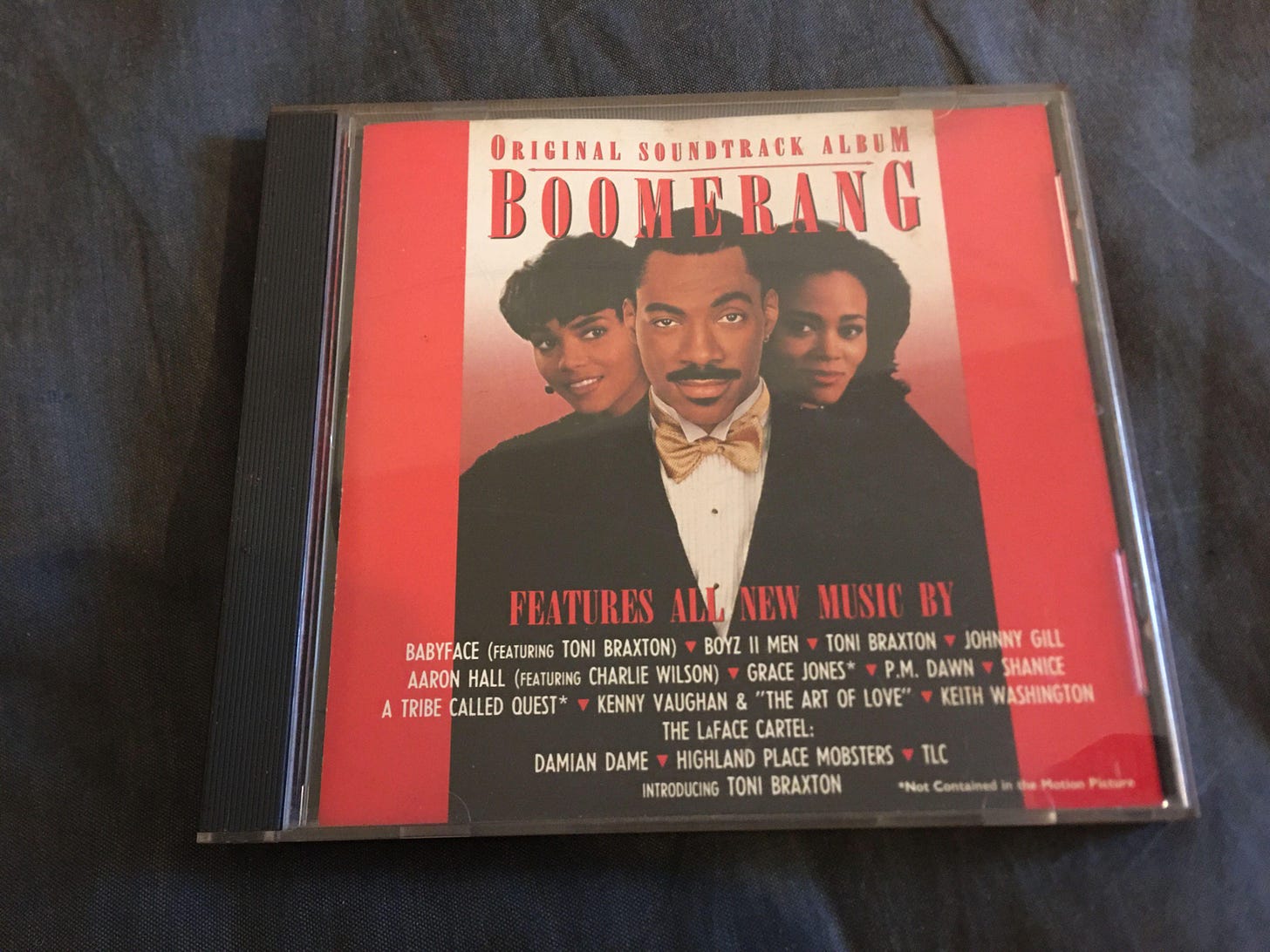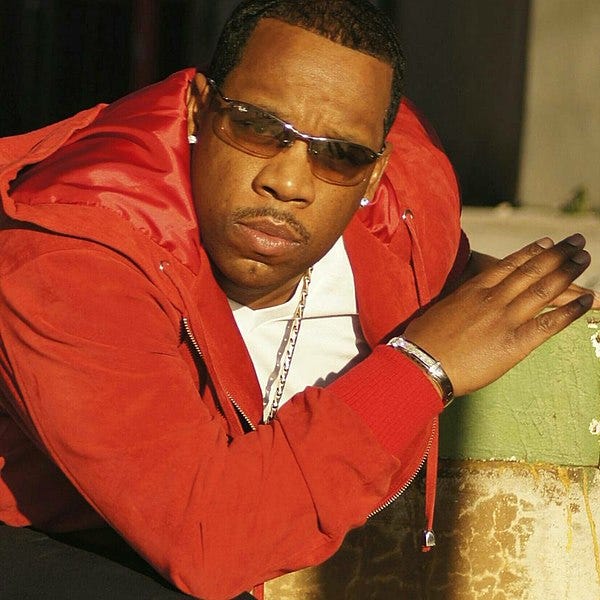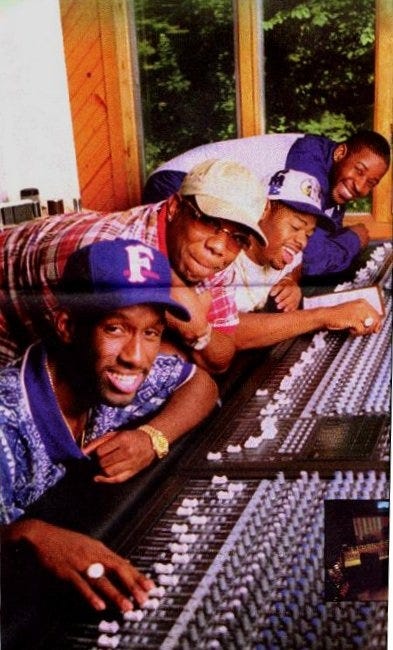In March 1992, Kenneth “Babyface” Edmonds needed help. And he needed it fast.
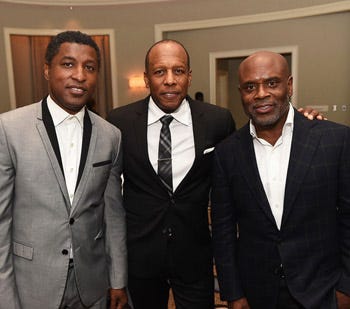
Babyface had just spent the late 80’s crooning “Two Occasions” with The Deele while also writing hits for dozens of huge acts, from Bobby Brown to Sheena Easton.
Perhaps Babyface’s single greatest song came out in 1992. He wanted these four guys from Philly to sing it. But he was on a deadline. And he was running out of time.
A few years earlier, Babyface formed LaFace Records, together with his old bandmates L.A. Reid and Darryl Simmons. This team had quickly established itself as one of the most in-demand production teams in R&B. (And, it must be noted, this team would soon find itself accused of financial exploitation by some of its biggest artists including TLC and Toni Braxton. By 2017, long after LaFace itself had folded, Reid faced accusations of sexual harassment.)
In 1991, LaFace agreed to put together an original soundtrack album for an upcoming Eddie Murphy vehicle, a romantic comedy called Boomerang. This was Hollywood's "Black film" for that summer, with Murphy starring alongside Robyn Givens and a brand new celebrity named Halle Barry. The soundtrack would need to have some R&B and hip-hop stars, so Babyface brought in freshly minted R&B star Toni Braxton, alongside major R&B acts like A Tribe Called Quest, Johnny Gill, Charlie Wilson, and, very interestingly, P.M. Dawn (who, being Black, were classified as R&B artists even though they had a lot in common with alternative rock or even punk, but I digress).
A still-unwritten break-up song was planned as the Boyz II Men cut on the album, but it wasn’t actually written yet. And by Spring 1991, they were really running out of time.
LaFace had recently set up a studio in Buckhead, the tony neighborhood of Atlanta. As Reid recalls in his 2016 memoir:
Atlanta was not on the pop music map. It was a large Southern city, but it didn’t feel like the old South. It was the birthplace of the Rev. Martin Luther King Jr., and the city where civil rights leaders Andrew Young and Maynard Jackson had been elected mayor. Atlanta had this robust history and an upwardly mobile black community…. It was a city that, in many ways, reflected what was going on with our music. Postdisco rhythm and blues in the MTV world had taken on a pop sheen, losing much of the raw, ghetto funkiness of the music I grew up playing. Like the black community itself, our music had taken on elegance, class and dignity, without sacrificing any of the essential black ingredients — grit, sass and soul. The more we thought about it, the better the idea of Atlanta sounded.
According to Darryl Simmons, who was interviewed in 2016 for Song Writer Universe, he and Babyface sat down in that Atlanta studio (which at the time, was really just a house) in March 1992. They had to write this Boyz II Men break-up song as quickly as possible. At this point, the soundtrack must have been mostly finished, and they needed to wrap up this final song to get things off to production in time for the film's release on July 1. Here's how Simmons remembers the writing process:
I’ll never forget it…. It was a rainy, awful day. Kenny [Babyface] is there—we knew we had to come up with this song. So he starts going through some ideas. In between, we took a break and played this little hockey game. Then Kenny goes back, and he kind of hits on these chords. At the time, Kenny had been through a divorce, and I was going through a divorce. So here we go with this concept, thinking about [how things were at] the end of the road. That’s how the concept came along. So we know this is sad…we know it’s just a sad story. So we hit on it…”Damn, I think we got something.” So we work on it all day. Then L.A. comes in from the LaFace office with his suit on. He says, “Okay, you say you all got something—let me hear it.” I can still see him sitting on the couch, throwing his arms on the couch. Kenny plays it, and we sing it, and he goes, “That’s just a smash!”
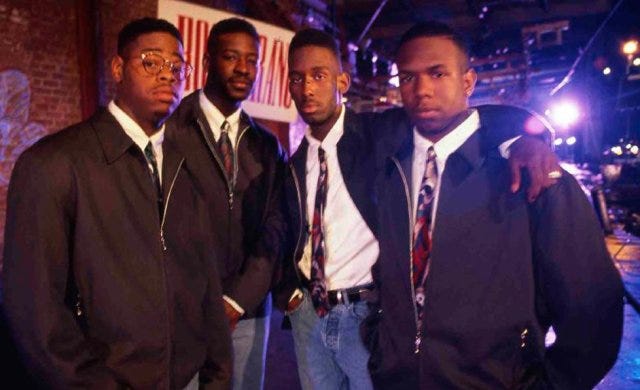
Now, it's worth pointing out here that in writing “End of the Road,” Babyface was clearly influenced by the Spinners’ 1974 song “Love Don't Love Nobody,” which has chords that sound extremely similar to those in “End of the Road.” Listen for yourself right here. First, you’ll hear the opening bars of “End of the Road,” then the instrumental opening of “Love Don’t Love Nobody,” and finally I play them both right on top of one another.
Yeah, they’re… very similar. Still, whether Babyface actually listened to that 1974 track during the writing process in 1992, we might never know. But almost certainly, that Spinners chord progression must have been, at some level, in Babyface’s mind when he wrote that music. According to Songfacts, the back in the 90’s, the Spinners’ producer Thom Bell refused to go along with an effort to bring a lawsuit over the similarities between the songs, saying “We all borrow somewhere along the line.”
However the magic happened that fateful day in March 1992, “End of the Road” was now on paper. Next, Babyface and some unknown session musicians recorded a demo of the song. Apparently, Face liked the demo so much that he considered just doing the song himself. (Side note: I really hope we get to hear that demo tape someday. Surely, Face still has it in his archive somewhere, right? For now, we’ll have to make do with his 1997 live performance, with former Boyz II Men member Marc Nelson taking over Wanya’s part, and Shelia E. on percussion!)
In the end, rather than just have use the Babyface version on the soundtrack, the production team stuck with the plan to bring in the dudes from Philly, and they sent the demo tape up to Boyz II Men's manager, Michael Bivins.
Bivens had some doubts as to whether Boyz II Men would even have time to get into a studio, though. They were out on tour, as the opening act for M.C. Hammer and his massive “2 Legit 2 Quit” production. What’s more, Bivens couldn't get his boss at Motown to sign off on the song. He started to worry that this opportunity might pass by.
In 2021, Bivins, Babyface, and the three current members of Boyz II Men finally told the whole story about how Boyz II Men came to sing "End of the Road" in early 1992. On the Netflix documentary, This is Pop, they go into spectacular detail about how they, at first, didn’t think the song was all that good. Apparently, Boyz II Men co-founder (and the group's leader) Nathan Morris actively “didn't like” the song after hearing the Babyface demo tape. Bivens, however, told the Boyz to shut up and just do the record, because he thought it was going to be a hit. He also recognized the great opportunity that they had, to work with songwriters and producers like Babyface, Reid, and Simmons.
But even after getting the Boyz to agree to sing the song, Bivens still couldn’t get his boss, the indomitable Jheryl Busby, at Motown to answer his phone. Bivens worried that if the song didn't have Busby's blessing, the whole project might have the rug pulled out from under it. Given the time crunch, Bivens decided to just take a chance, and on his authority gave the final approval to get Boyz II Men into the studio to record “End of the Road.”
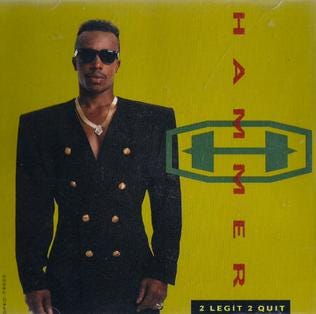
Finally, Babyface, Reid, and Simmons flew up to Philly to meet Boyz II Men. The Boyz were in their hometown on a quick break from their tour. They had to leave the very next morning to get back on the road, so they only had a few hours for this little “End of the Road” project.
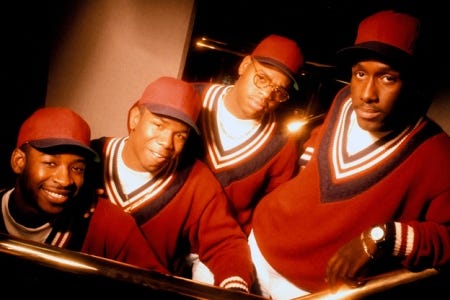
Then, on that fateful day in the studio, they confronted yet another huge problem: Wanya Morris had lost his voice and could barely even sing.
Wanya had already emerged as Boyz II Men’s most energetic singer. After singing his heart out on tour, though, he was hoarse. He just couldn't sing the way he wanted to. On that 2021 Netflix documentary, Boyz II Men talk about how seriously they take their musicianship, and that was even more so back in 1992, early on in their careers. They wanted to get the harmonies right, and they wanted to do it the way they had learned from their beloved high school vocal performance teacher at Philly's High School for the Creative and Performing Arts.
So, Boyz II Men told Babyface they just couldn’t really do the song that day. Perhaps they could reschedule? But there was no time to delay: the producers needed this song finished ASAP, so the Booomerang soundtrack could release on time. They had to do this. Right here and right now.
According to Simmons, from that 2016 interview, Wanya finally agreed to sing that day after coming up with a plan.
Wanya says, “I can probably sing it, but I’ve gotta stand way back in the corner of the room, and just sing it as loud as I can.” L.A. says, “Okay, stand back there.’ So Wanya goes to the back of the room, puts a warm towel around his neck."
Later, in that 2021 interview, Boyz II Men would say that it was during this very short, three-hour session that they learned how to be more than just good singers. This was the day that they learned how to be, in Nathan’s words, “True recording artists.” They credit Babyface, Reid, and Simmons with showing them, in that studio, that making a good pop song is about more than just hitting the notes correctly.
At one point in the session, Wanya's voice just gave out as he tried to hit those high notes in the bridge: “Baby just don’t let me down!” And over the chorus: “Oh my god! Help me out a little bit!” Simmons recalled, as they heard Wanya's voice give out on those lines, “that made the hair stand up on our arms. We felt so bad by taking him through this, but it was so much pain in what he said.”
Wanya remembered that his voice was changing--after all, he was only 18 years old. And he was already hoarse from singing on the tour. He even remembered asking Babyface to please just let him do another take, to try that line again so he could get it correct, without cracking. On the 2021 documentary, here's how Wanya remembered it:
I couldn't sing soft. And, I cracked a lot. And I always wanted to go back and do it one more time. And, Babyface was like, 'Naw. We're keeping that.' And it worked. The emotion was felt.
Babyface added: “At that point, all four of them were there…. Each one of them could make lyrics come alive, and make emotion come alive. It became ‘End of the Road’ because they sang it.”
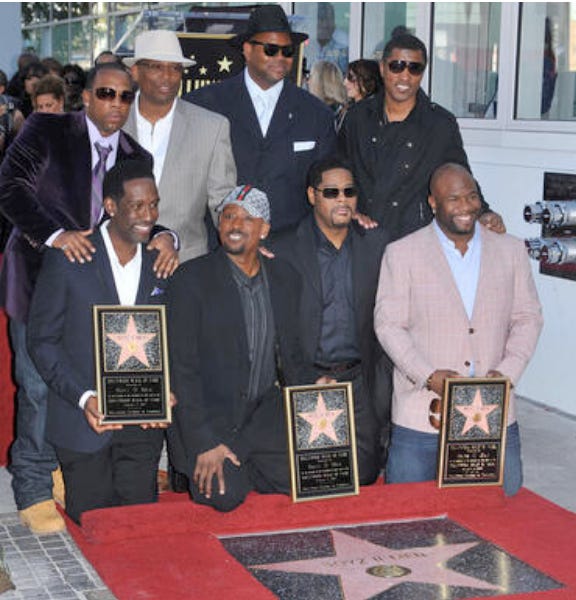
Next time on Still On The Road, we’ll look at the tremendous impact that “End of the Road” had on Boyz II Men, and on pop music itself. Thanks for coming with me on this journey, and please do share your memories of “End of the Road” in the comments here.



